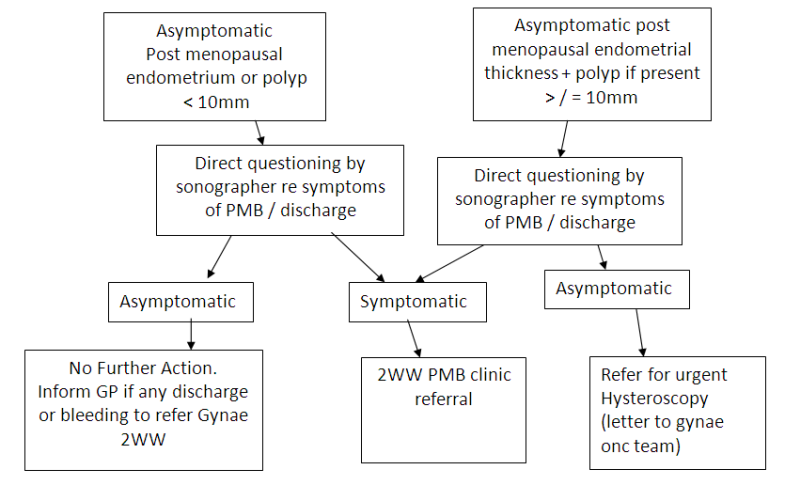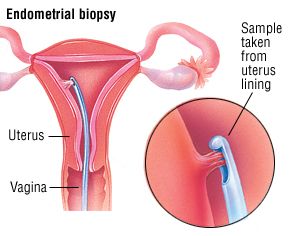Symptoms of endometrial hyperplasia are heavy periods bleeding between periods and bleeding after menopause.
Thickening of the womb lining after menopause no bleeding.
A thickened womb lining endometrial hyperplasia this can be caused by hormone replacement therapy hrt high levels of oestrogen or being overweight and can lead to womb cancer less commonly postmenopausal bleeding is caused by cancer such as ovarian and womb cancer.
Endometrial hyperplasia is a non cancerous benign condition where the lining of the womb becomes thicker.
As a result the endometrium gets thicker and can bleed.
Endometrial hyperplasia refers to the thickening of the endometrium.
You have a higher risk of developing womb cancer if you have this thickening especially if the extra lining cells are abnormal.
Endometrium thickening may cause bleeding after menopause but even without bleeding the possibility of endometrial cancer cannot be ruled out.
Endometrial hyperplasia is caused by a presence of excessive cells in the lining of the uterus.
If a woman who has already gone through menopause suddenly has bleeding and an ultrasound test shows that her uterine lining is thicker than 4 to 5 mm she may need an endometrial biopsy to make.
Endometrial thickness must be evaluated together with endometrial morphology as well as risk factors for malignancy when considering endometrial sampling.
After menopause you may have too much estrogen and too little progesterone.









